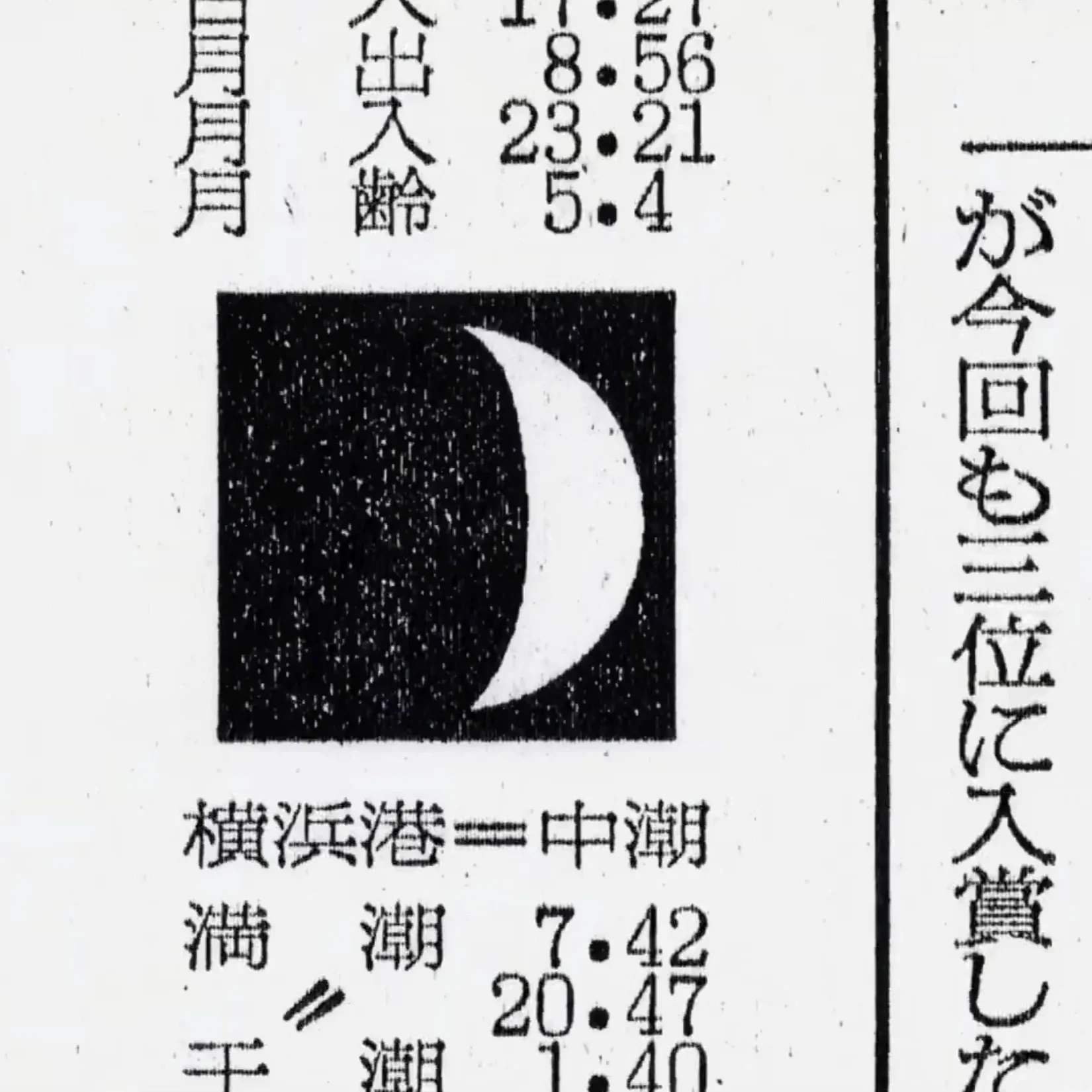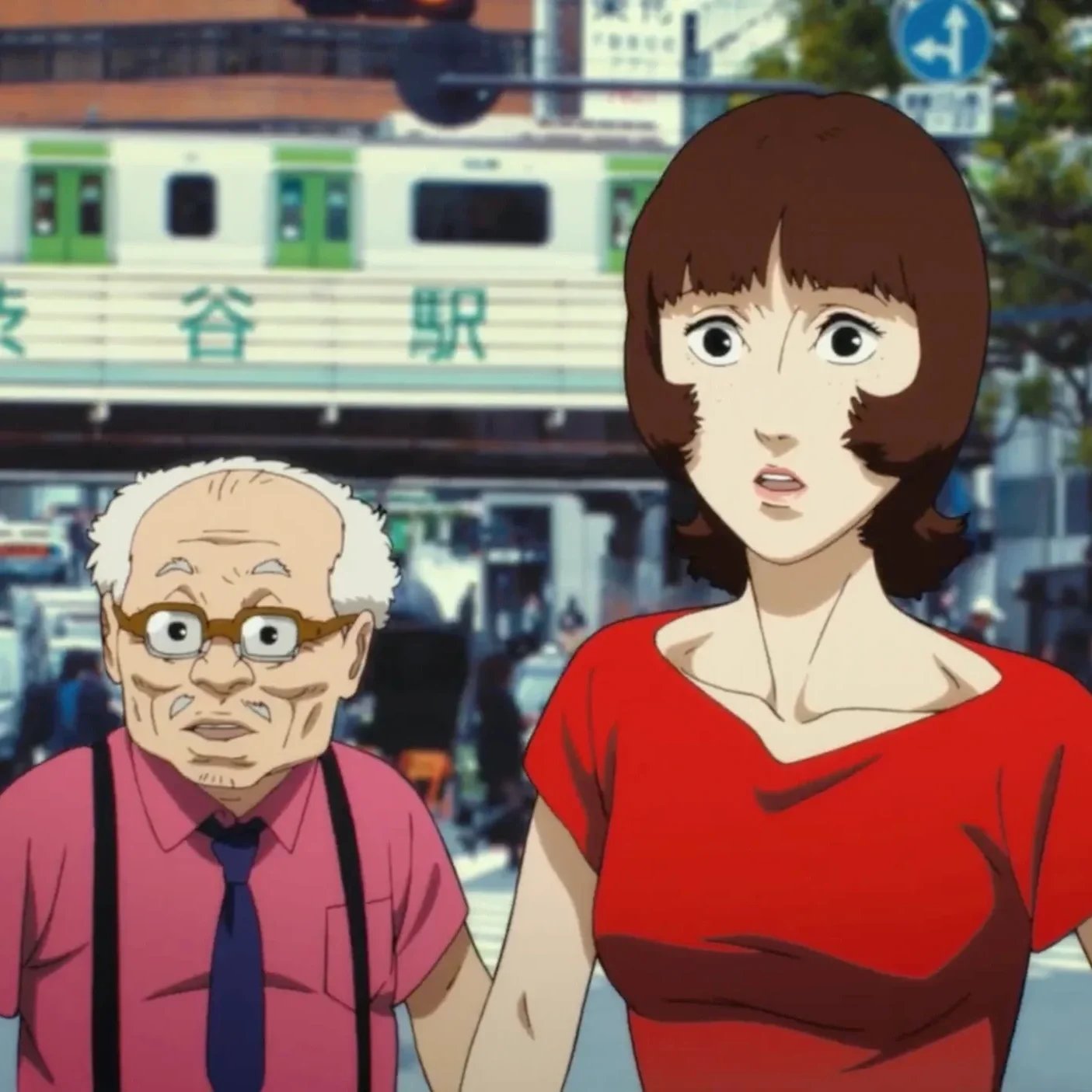The Nostalgic Magic of Kissaten
© Trois Ono
Wandering through the narrow backstreets of Japan, one might unexpectedly stumble upon a kissaten, a traditional Japanese café. These quiet establishments exude a nostalgic charm that draws people in, even those who never lived the era they evoke. It is no surprise that Japan’s younger generation is captivated by these timeless coffee spots. With their retro menus and vintage interiors, kissatens offer a kind of aesthetic perfection that feels both comforting and rare in a rushed society.
The History Behind the Kissaten
Coffee is said to have been introduced to Japan in the 18th century by the Dutch. However, brewing coffee only became popular in the latter half of the 19th century. Coffee imports began in 1856, and with the end of Japan’s isolationist policies, Western cultural influences entered the country, bringing with them a growing interest in coffee consumption. Western-style coffee shops opened in Yokohama, and one of the first full-fledged Japanese coffee shops, Kahisakan, opened in Ueno, Tokyo.
In 1913, Café Paulista was founded by Ryu Mizuno, a businessman who was given five years of coffee beans by the Brazilian government for his promotion of the Brazilian immigration policy. Despite some instability caused by political upheaval in Brazil ending coffee bean imports, and by the Great Kanto Earthquake, the café successfully spread their affordable coffee among the masses of Tokyo.
In the roaring twenties, Japan saw a huge coffee boom along with the proliferation of jazz talents. By the '30s, jazz kissatens, intimate spots where customers could enjoy records of jazz greats, emerged as a new trend. The Showa era had begun, and with it came a refined café culture mixing Western influence with Japanese sensibilities.
Signature elements
While modern cafés often chase trends, kissatens are like time capsules, preserving tradition. Many kissaten interiors are cluttered with velvet booths, wood-paneled walls, patterned carpeting, glass chandeliers, and dim, amber-toned lighting. The warmth of the lamps in kissatens provides a sense of comfort complemented by the hot coffee served by the host.
On the menu, you can expect timeless offerings like hand-drip coffee, siphon coffee, milk tea, sandwiches, Napolitan spaghetti, and homemade cakes. Each kissaten has its own distinct flavor both in its food and in its character. That’s because most are independently owned, often passed down through generations.
Kissatens may also vary in the music played in the background. A jazz-kissa will play jazz music while others may play classical vinyl. Some may play no background music, letting customers enjoy the hum of their whispered conversations and clinking porcelain cups.
© Trois Ono
Exploring kissaten across Japan
Kissaten café culture exists nationwide, but no two kissaten are quite the same. An experience in a Tokyo kissaten will differ markedly from one in Kyoto.
In Nagoya, Aichi Prefecture, many kissaten offer a morning set at an affordable, one-coin price. This set typically includes a cup of coffee and complimentary breakfast items like toast with red bean paste and butter.
Further north, in regions like Hokkaido or Tohoku, kissaten often serve as warm refuges from the cold. You might find heavy curtains draped across the windows and menus featuring rich, full-bodied brews.
Yet across all regions, what unites these cafés is a shared devotion to craft, ambiance, and a deep sense of place. Each kissaten, shaped by its community and its owner, becomes a living archive of local culture and personality.
Why it resonates with the youth
Generation Z seem to have a newfound obsession with the retro aesthetic. Kissatens can give customers an aesthetic blast from the past, but it also offers something grounding. In a seemingly economically disparate situation, young people find comfort in the nostalgia of the good old days, even if they never experienced it themselves. The kissaten is a window into a time of prosperity, the economic boom of the Showa era.
Additionally, young people rebel against the fast-paced world they were born into. The activity of going to a kissaten and slowing down by savoring hot coffee completely contradicts the hustle culture promoted by society. As an antithesis of fast food culture Japan is also known for, kissatens are seen as analog, intimate, and human.
Kissaten Recommendations
1. Cafe de l'ambre (Ginza, Tokyo)
Established in 1948, Cafe de l’ambre is a classic spot for coffee purists. They roast their beans in-house and serve only coffee. The coffee they are most well-known for is “old coffee” which are beans that have been stored and aged while still in their raw form.
2. Kissa YOU (Ginza, Tokyo)
Also located by Ginza station is Kissa YOU. Long lines form at this cafe for their popular omurice, a Japanese dish that combines omelettes with fried rice. Like other kissatens, they offer Napolitan spaghetti and sandwiches.
3. Kissa Marron (Aomori)
Adorned with clocks and leather seats, Kissa Marron is located in Aomori prefecture. They are known for their breakfast set, which includes coffee and thick-cut, white toast. It is a mere 10-minute walk from Aomori station.
4. Salon de thé François (Kyoto)
Salon de thé François is among the most popular restaurants in Kyoto. Named after Jean-François Millet, this kissaten’s interior feels like another appreciation of art. On beautiful china, a variety of cakes and coffees are served.
5. Mephistopheles (Kouchi)
Mephistopheles is located in Kochi prefecture and is special for its mini theatre and grand piano. They offer siphon coffee and play classical music for their customers. Stained glass windows create different atmospheres for every seat in the room.
© Trois Ono
Across Japan, kissatens embody a quiet philosophy of intentionality. These are spaces where customers are not rushed, but encouraged to linger. The quiet hum of the room, warm ambient lighting, clinking of dishware, are all elements conserved. Time seems to stretch in these spaces. In cities where everything seems to move faster than your thoughts, that stillness is sacred.
The next time you’re wandering aimlessly in the narrow streets of Japan and find yourself standing in front of an old-style Showa cafe, step inside. Let yourself fall into the magic of a moment you never lived but somehow remember.









The anarchic tribute that brings tokusatsu back from cultural oblivion.